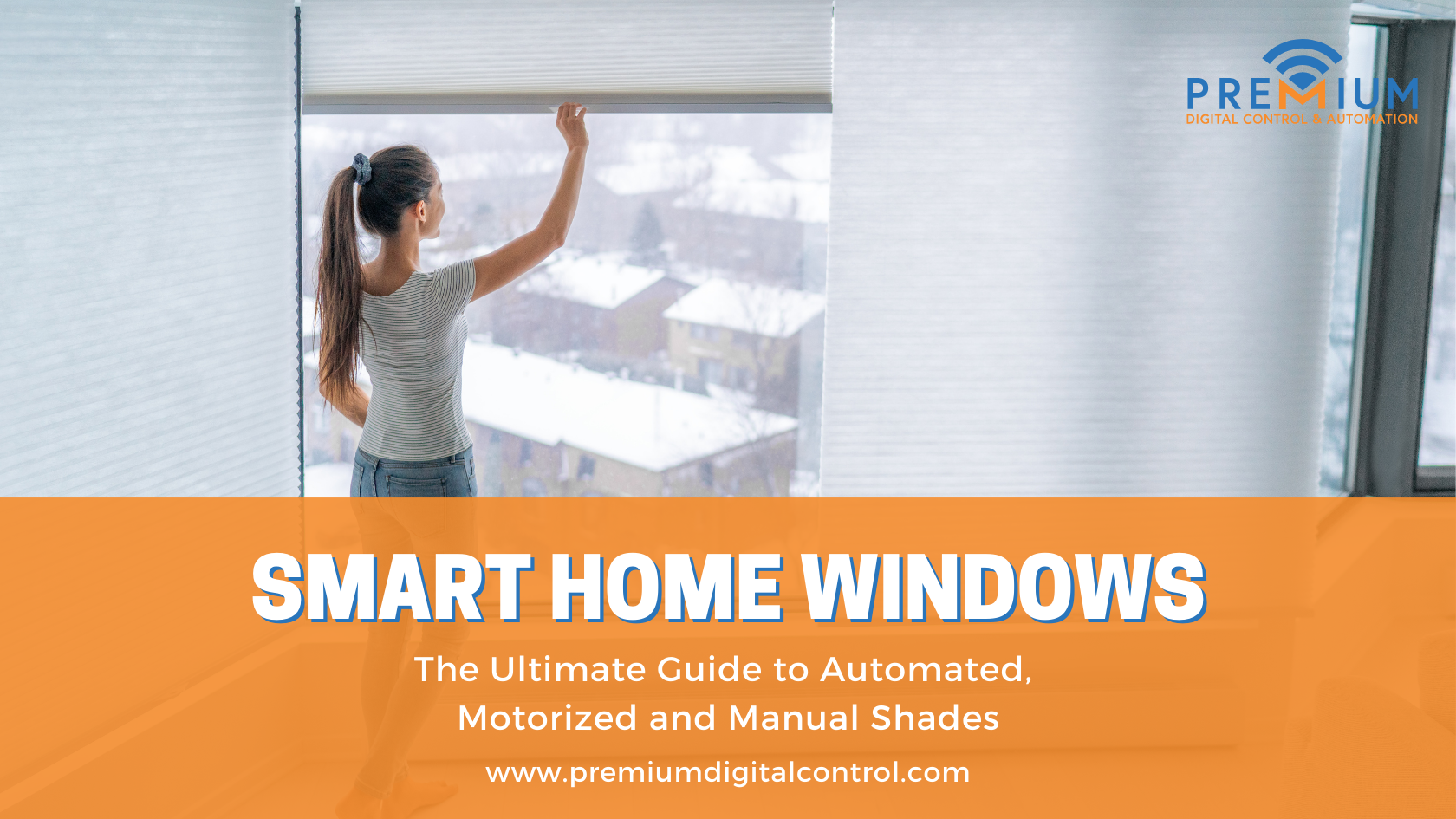HOLLYWOOD, FL–Technicians and most window treatment experts will tell you there’s a difference between motorized window treatments and automated shades – and they are absolutely right. But why do big hardware stores use the word motorized for all window treatments even if some of them are automated?
Words take their sweet time to evolve, especially when it comes to technology. For instance, it took awhile for people to use the word “smartphone,” preferring to hang on the word “cell phone” for years, even if the smartphone could do what a cell phone could not.
People naturally use more established definitions until such time that more people use it. Based on data from Google Trends from 2004 to present time, motorized window shades were searched more times than automated window shades; using the word “treatments” versus “shades” generated nearly identical differences.
For now consumers in hardware stores are left to their own devices in determining whether a window treatment is motorized or automated until they call a window treatment expert and find out there are functional differences among automated, motorized and manual shades.
Tackling automated and motorized window treatments first before manual shades, how different can the first two treatments be different when both run on motors? And what is the big deal about having motors on shades – or having automated shades in general?
Short vs long answer
The short answer: Motorized window treatments will still need to be controlled using a remote control device or a button initiated by a human being, while automated window treatments can be scheduled to work on their own.
“Eventually, every home will be automated. The batteries for shades are recyclable, cars batteries are not,” said Jimmy Anzardo, Sr. Window Treatment Installer & Supervisor at Premium Digital Control & Automation, South Florida’s leading smart technology integrator with 15 years of experience.
The long answer (including their benefits): Automated window treatments can be easily integrated with other subsystems such as smart lighting and other smart technology applications, devices and products. They can even be connected with all the other types of shades you have in your space. It’s just a matter of time before they become mainstream, especially when Matter is able to finalize the standard for streamlining smart technology integrations in the fall of 2022. Matter’s members include Amazon, Apple and Google, to name a few big names. They could speed up adaption and interoperability of smart technology systems.
“Today, you can do more than just watch your TV shows, you can use it as your internet where you can control many smart technologies around your space,” says Anzardo. “Automated window treatments are like the new flat-screen TVs of today. You don’t have to stand up to make them work.”
To better differentiate automated, motorized and manual shades, here’s a guide that should help you understand each one of them and how they work. If one of them is combined, it’s because they have similar functionalities. Manual shades have also been added here to compare them with automated and motorized window treatments.
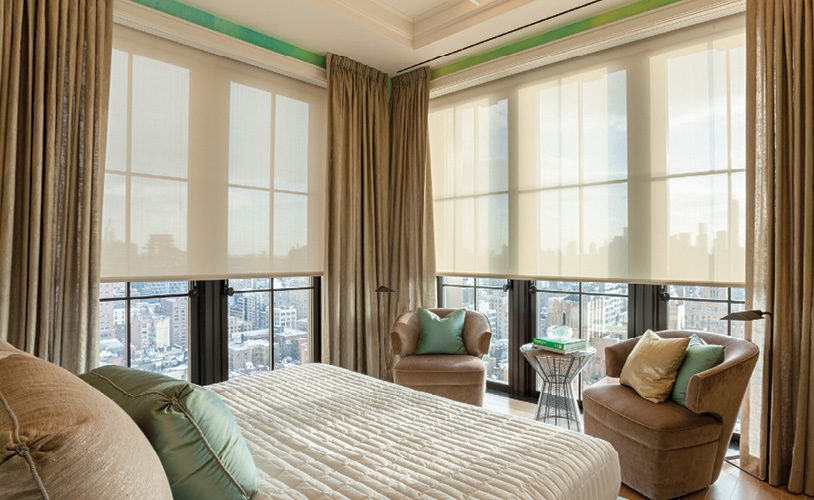
Question of convenience
Automated. If you go automated, you can press a button on your app miles away and it will run just as you want it. Since an app can live on many devices – a touch panel, remote, tablet, smartphone – you can be couched somewhere and still be able to control it.
Having the option of being able to raise and lower them automatically are good for two reasons:
- You want your space to get the ideal morning sun but not the intense heat during midday
- They’re easier to use
Motorized. With motorized shades, you can control them from a certain distance but you have to initiate the action.
Manual. If you’re a consumer wondering why you even need to consider motorized or automated shades when manual shades still exist, you may realize how inconvenient anything manual can be when you have, say, double-height or skylight windows. They’ll be even more inconvenient, as getting to them will require you to step on a ladder or roof.
You also need to consider the fact that raising and lowering shades every single day manually can wear down cords over time and in many cases, jam your shades, cause them to break down or altogether stop working. They are susceptible to human error.
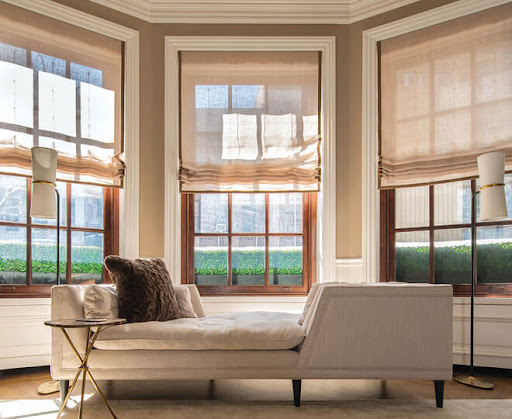
Position alignment and adjustment
Do you know that your eyes can detect a misalignment of 1/4” at a distance of 5 feet? Alignment and positioning shades basically mean you can see them in straight clear lines. How to tell if your shades are aligned?
Automated. You don’t have to worry as much about alignment and adjustments with automated shades. You can run a scheduler or timer for positioning and adjusting at different times of the day by using an app you can control from anywhere, even from hundreds of miles away. The position of the shades will be even when using automated shades. You can get them evenly distributed and controlled automatically.
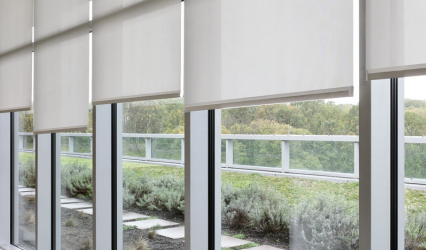
For example, Lutron’s “Intelligent Hembar Alignment” or IHA eliminates the possibility of shade misalignment with a two-part electronic control system. It can also synchronize all automated shades in a single space or an entire building.
IHA is included on all sizes and models of Lutron’s Sivoia® QS and Sivoia QED® shade treatments and can be further fine-tuned in the field for custom applications
Motorized and/or automated. They can be controlled to work the same way every day and could even be less prone to adjustment issues than manual shades (they could be more aligned), because they’re not exposed to the different ways people use them. However, you will have to initiate action on motorized shades.
Manual. You may have your shades aligned the first few months but eventually, it’ll reach that point where your constant daily tugging affects the positioning and alignment of your shades.
You may even end up adjusting them throughout the day and still not be satisfied, as it’s sometimes not about the shades but also how to best adjust the position of the shades to avoid the intense glare of the sun in the course of a sunny day or the person using the strings.
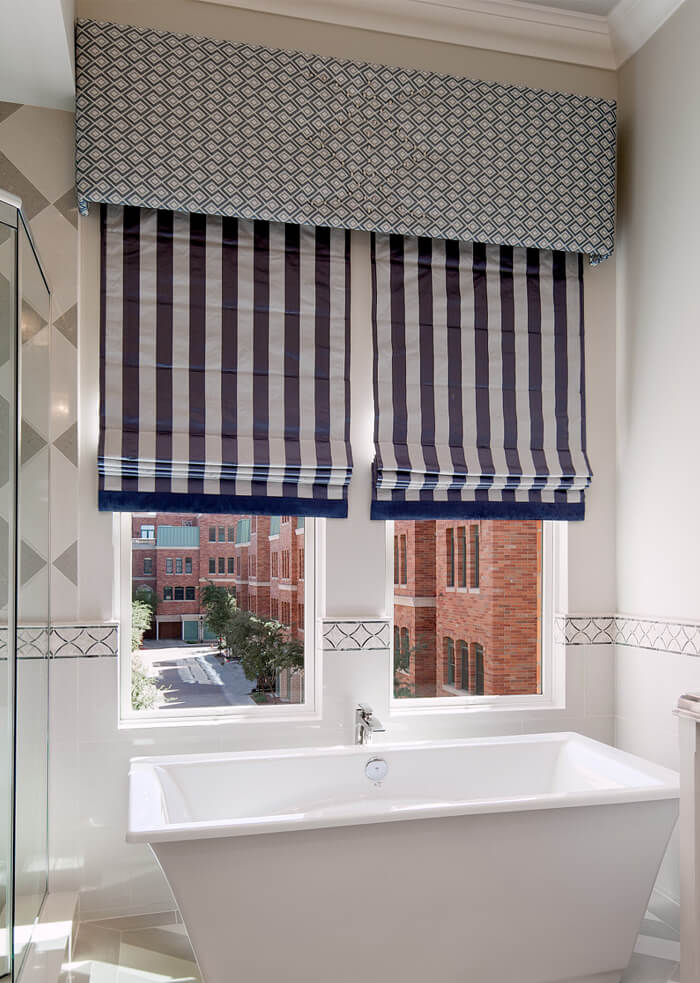
Which one lasts longer?
Motorized and automated. Instead of having a push-pull string, motorized blinds use electric or a battery-operated system that controls the shades to go up and down using a controlling device. They can also be more energy-efficient in the long run if you hard-wire them directly into a wall. Expert installers can do that for you. These motors can be warrantied for a couple of years, but can last up to 10 years or more.
Manual. People in your space use their energy and strength differently when it comes to any type of shades, whether you’re using standard shades, blinds or drapes. Some may just raise and lower them gently. Others may tug at them with such unnecessary force.
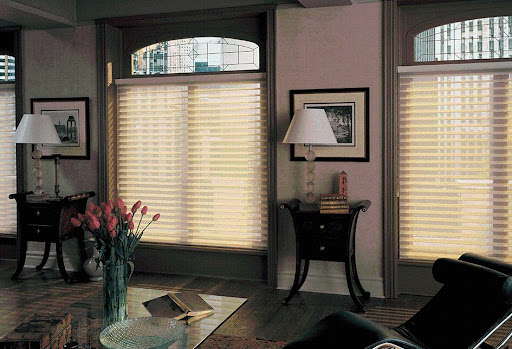
How to best protect your space from UV rays
Intense sunlight can damage your furniture and furnishings, so it’s important to have the option of controlling them even when you’re away.
Automated. Automated shades can automatically cover your windows in order to reduce glare, shield against harmful UV rays, and protect your furniture, carpet and floors against discoloration and fading.
Motorized and manual. You have to be at home to control the sun’s harmful rays. If not, you can easily age and discolor your furniture and furnishings if your windows are open most of the time you are in your own space, especially if you live in a state called the Sunshine State for a reason. South Florida gets 250 days of sunshine each year.
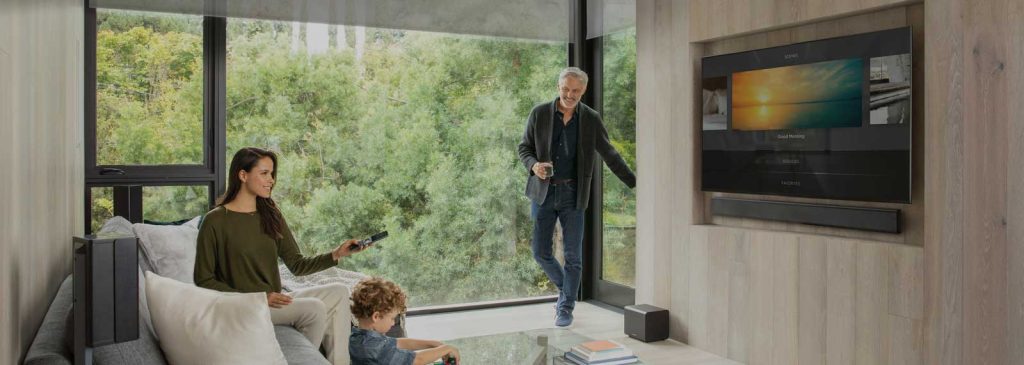
Kid safety considerations
Automated and motorized. Unlike manual shades, automated and motorized shades don’t have cords, making them an ideal option for spaces with young children. They are simply safer for your kids, whether they are raised or lowered.
Manual. Kids are not conscious of safety. In fact, the risks to children are high to the point that the Window Covering Manufacturers Association (WCMA) came up with child safety standards.
As per the regulation, cords on any custom-made window treatment cannot be longer than 40% the height of the window treatment unless a client requests a custom cord length.
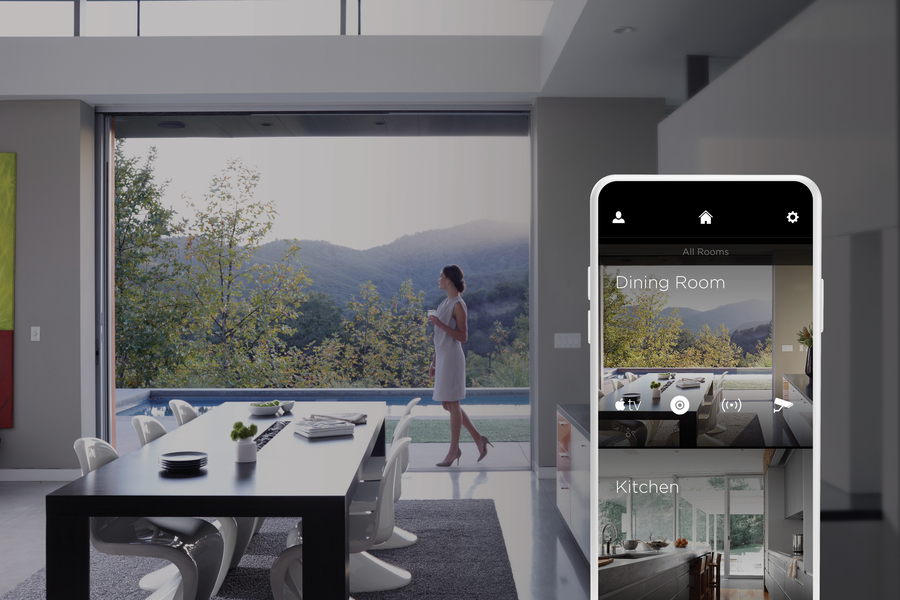
Peace of mind and privacy
Automated. Have a lived-in appearance to your space, if you’re away, for short or long periods of time. It gives you peace of mind to know that you can control your space, even if it’s just your shades going up and down at certain times of the day. Automated shades that work automatically give the illusion that someone is in their dwelling.
One of the best things about automated shades is that you can have the luxury of having glass windows and still make it easy for you to control them automatically, giving you instant privacy when you need it in the process.
Motorized. Unlike automated, you still have to be in your space to control your shades.
Manual. If you travel or you are away all the time, it’s not good for your space to have the shades up or down all the time. The space will feel stuffy if there’s no sunlight seeping through the space and if the shades are up, you can’t avoid things from fading.

Extensive styles, materials, fabrics, finish
Automated and motorized. People may think motorized window treatments only have modern styles, but that’s the misconception. They actually come in both traditional and modern styles. They can also be customized in any style, material, fabric, color or finish you want.
For example, Crestron is just one of many brands that has a whole spectrum of Pantone colors to choose from.
Manual. Manual shades have many options for customization but they’re still just manual and not handicap-friendly or child-proof.
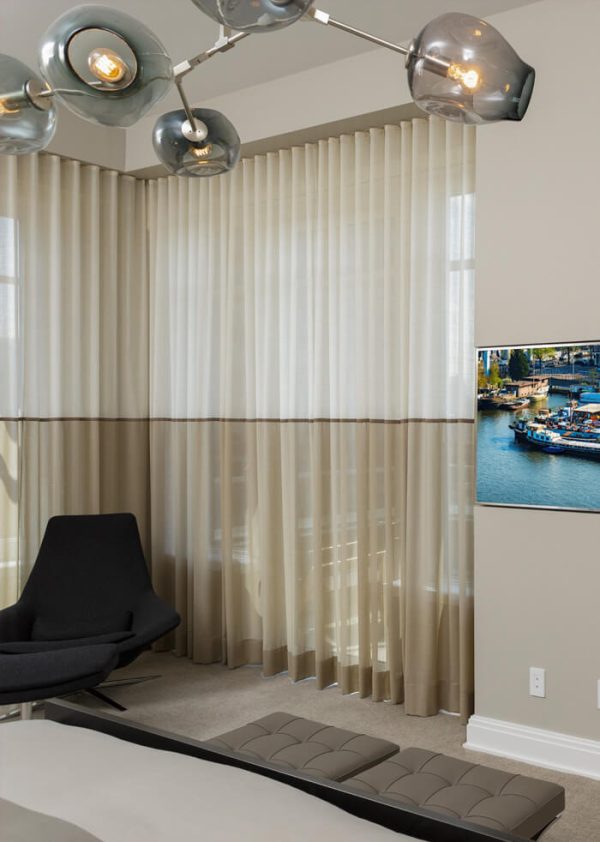
Which shade is more energy efficient?
Shades can reduce unwanted solar heat through your windows by up to 60%, so choosing the right shade is key.
Automated. With automated shades, you can have timed controls that can schedule your shades to go up and down automatically. Pair with a thermostat that controls your A/C and you will reduce your energy usage even more.
Motorized and manual. Without being to control from a distance, it’s harder to make motorized and manual energy-efficient. How long are you generally away from your home? Eight hours? Or more? And during that time, is your window mostly open or closed? Having windows open the whole day without being able to control it automatically can mean more electrical usage.
Types of shades. Your choice of shades is an energy-efficient decision. For instance, cellular shades are one of the best energy-efficient window coverings. When it comes to a more elegant look, drapes are also good and can come in combination with roller shades for additional shading. Blackout shades reduce more sun seepage through your windows, but results vary.
Not a common choice, but some go for plantation shutters made from a thick material such as MDF or vinyl. Others go for teak, which can certainly block more sunlight in any space.
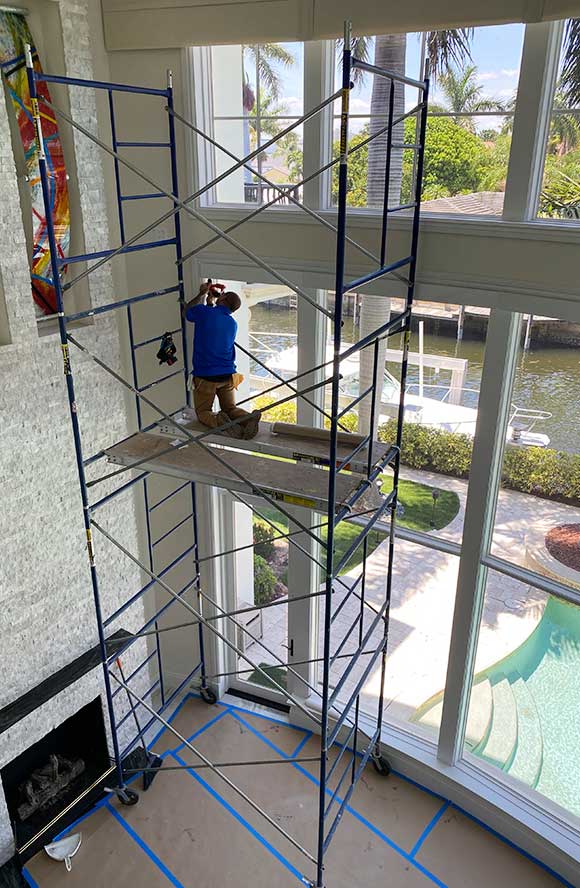
Conclusion
While most of the stores will tell you that motorized and automated are one and the same thing, they’re not. It doesn’t help that most of those in the shades or blinds business still use motorized when they mean automated. This is largely because most consumers hang on to a particular name longer than most people in the business and businesses know that in order to get customers, they have to speak their language.
This can be frustrating for window treatment experts who are on top of everything and know the latest trends. But they often do their part to explain the difference. Just like the example of the evolution of the phone. People called the smartphone a cell phone for a long time before they were comfortable enough to make the distinction.
As a smart technology integrator, Premium Digital Control knows it has to use both automated and motorized interchangeably based on the variety of its shading solutions, from Crestron to Lutron, Savant and Somfy.
As for the comparisons made here with automated shades, motorized shades and manual shades, it was intended to explain their differences, especially how automated systems offer more advantages compared to motorized shades or traditional manual shades. The latter may still be good for certain spaces, but definitely not if you have a bigger space with huge double-height windows and you are thinking of safety for your young and old residents.
To properly enjoy all the benefits of automated and motorized shades requires a professional installer like Premium Digital Control & Automation. They can help you see the bigger picture. They can provide you with a plan, drawing, the products and brands you need.
For starters, they can see how automated shades can work hand in hand with a smart lighting system and they can connect them to work together. From there, they can integrate other technologies or components and the installation service you will need so they can provide full automation services in your smart technology space.

